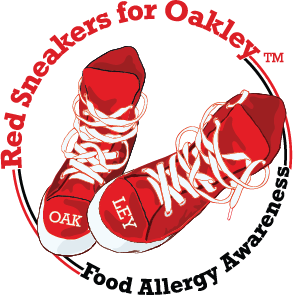Managing Sesame Allergy
Though sesame has joined the Big 8 to become the ninth major allergen, U.S. Products manufactured prior to 2023 may still contain unlabeled sesame and will remain on store shelves until replaced by new inventory. Until then, it is extremely essential to read all food labels and ask questions about ingredients present in food that you have not prepared yourself.
Apart from this, it also helps to do the following when managing sesame allergy:
1️⃣ If you keep sesame in your home, watch for cross-contact that can happen with utensils and cookware. For example, make sure the knife you use to spread hummus on bread is not used in preparing food for someone with a sesame allergy, and that sesame breads are not toasted in the same toaster as other breads.
2️⃣ Don't eat cooked foods you didn't make yourself or anything with an unknown list of ingredients.
3️⃣ Tell everyone who handles the food you or your child eats, from waiters to cafeteria staff at school, about the sesame allergy. If the manager or owner of a restaurant is uncomfortable about your request for sesame-free food preparation, don't eat there.
4️⃣ If it is your child who is allergic to sesame, we recommend making school lunches yourself. This includes snacks and treats to take to parties, play dates, sleepovers, school events, and other outings.
5️⃣ Always carry two epinephrine auto-injectors with you at all times. A sesame allergy sometimes can cause a severe reaction — anaphylaxis.
Source: https://kidshealth.org/en/parents/sesame-allergy.html
